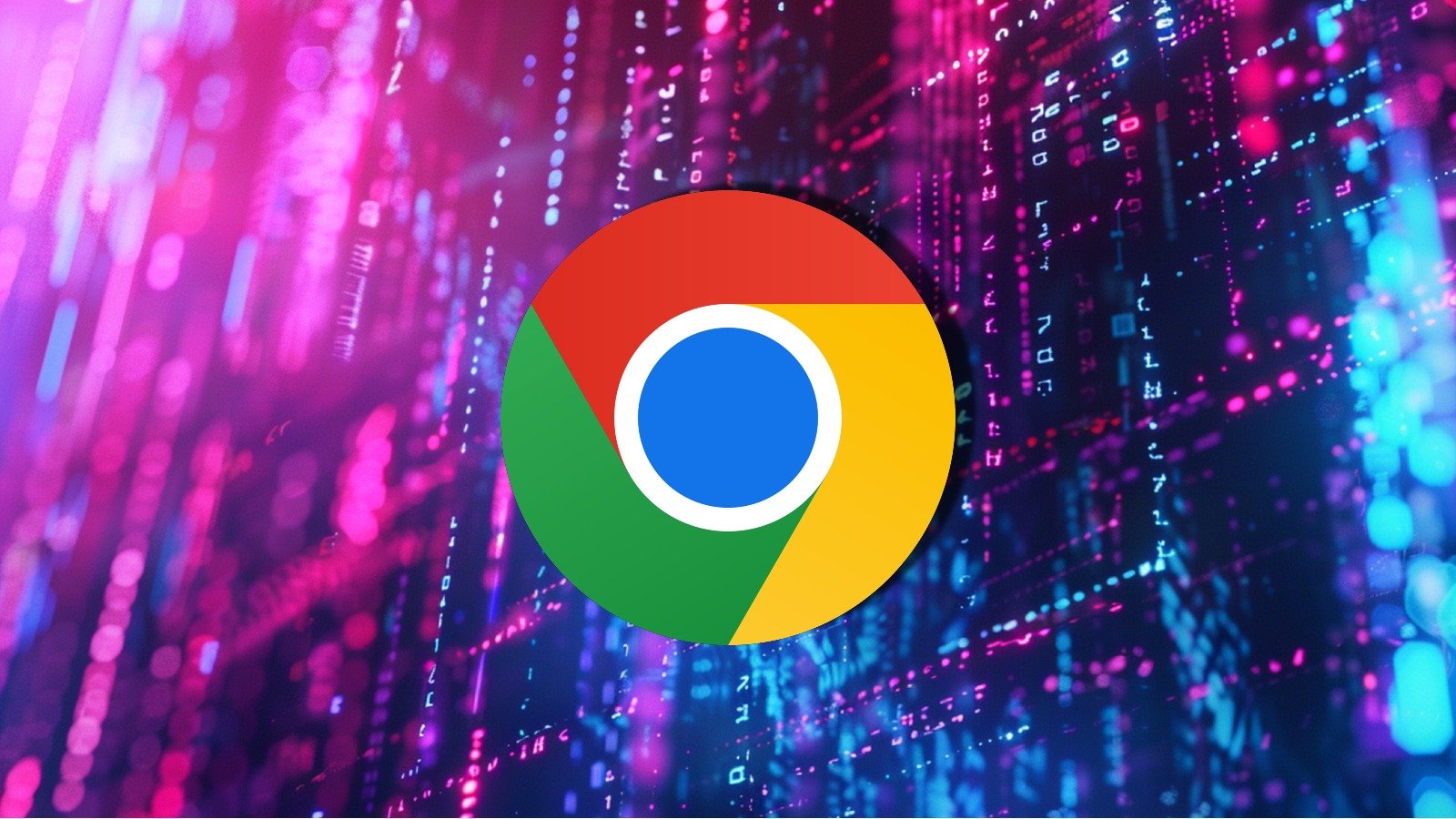Google is continuing with its plan to phase out Manifest V2 extensions in Chrome starting in early June 2024, weakening the abilities of ad blockers.
Google says this decision was made based on the community’s progress and feedback, which were deemed satisfactory to continue without further delays.
Starting June 3, 2024, with Chrome version 127, users with active Manifest V2 extensions will see warnings on Chrome Beta, Dev, and Canary channels, while extensions still using Manifest V2 will lose their “Featured” badge.
Gradual disabling of V2 extensions will follow on the stable Chrome release, with recommendations for V3 alternatives. Users can temporarily re-enable their Manifest V2 extensions, but this option will eventually be removed.
Enterprises using the “ExtensionManifestV2Availability” policy will be exempt until June 2025, so they will be given an extra year to transition to Manifest V3 compatible add-ons.
What is Manifest V3?
Manifest V3 is the latest version of the extension platform for Google Chrome, designed to enhance the security, privacy, performance, and overall trustworthiness of Chrome extensions.
In summary, Google aims to achieve the following with Manifest V3:
- Limit extension access to user network requests.
- Force developers to include all functionality within the extension, ending the practice of hosting code remotely.
- Move network request modifications from the extensions to the browser (service workers).
- Replace background pages with dedicated service workers to improve browser performance.
Though this appears positive for the end users, the new framework introduces major technical challenges for extension developers, especially for those who need greater control over browser functions such as ad-blockers, who now have to implement complex mechanisms to remain effective.
uBlock Origin, considered one of the most popular ad blockers available, was forced to create a new project called uBO Lite (uBOL), which is a permissionless Manifest V3 browser extension.
While this extension will likely work fine for many users, the developers state that for more advanced uses, it may be required to configure additional settings or give extra permissions to specific sites.
One considerable drawback is that rulesets will no longer be updated frequently by the extension through automatic updates. Instead, rulesets are only updated when new versions of the extension are released.
The uBlock developer has created a FAQ explaining the differences between the current extension and the new Manifest V3 version.
Adoption at 85%
Google says it listened to extension developer feedback throughout this period and made targeted improvements such as supporting user scripts, offscreen documents, and expanding the number of alllowed rulesets for ‘declarativeNetRequest.’
Key changes implemented recently include review skipping for safe rule updates and version rollbacks, providing developers with better update control.
Google claims that, as a result of its actions to facilitate accelerated adoption, over 85% of actively maintained Chrome extensions, including popular ad-blockers like AdBlock, Adblock Plus, uBlock Origin, and AdGuard, have migrated or released versions that support Manifest V3.
For developers whose extensions are still on Manifest V2, Google “highly recommends” completing the migration now.
A guide on how to do that can be found here.

